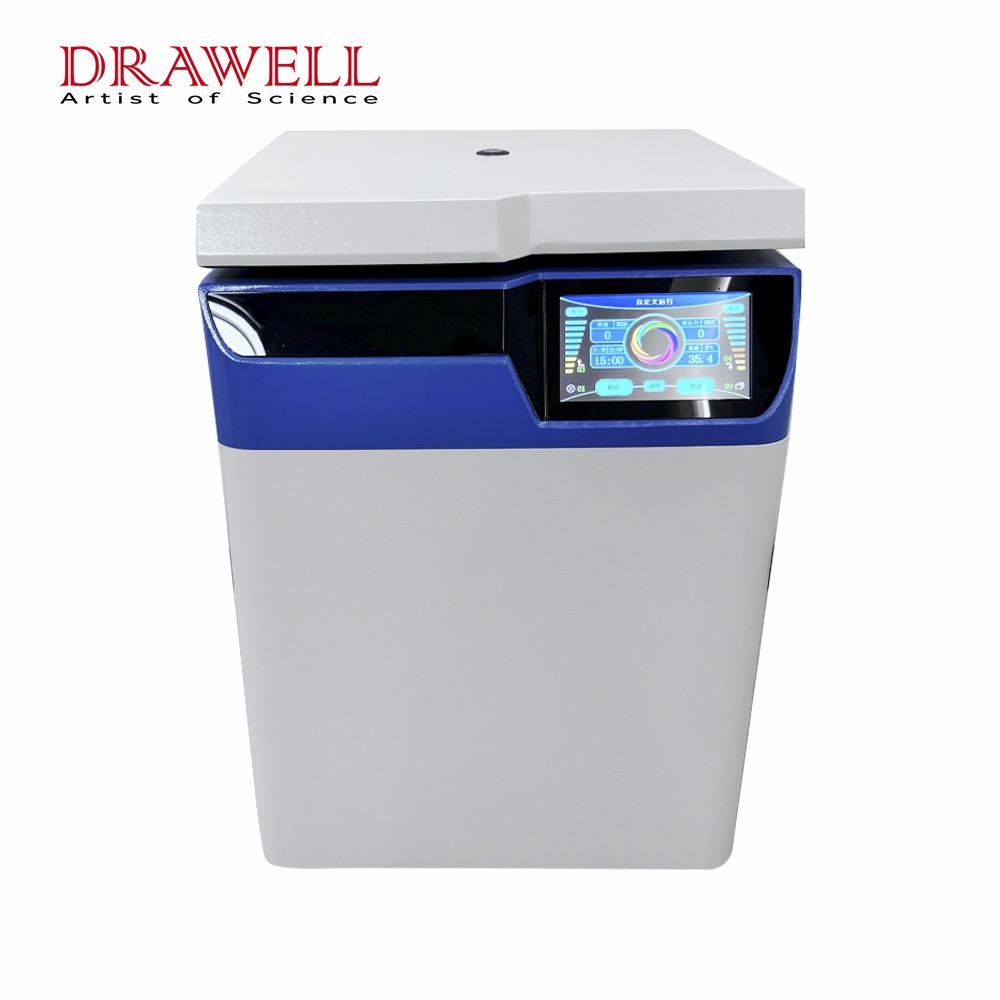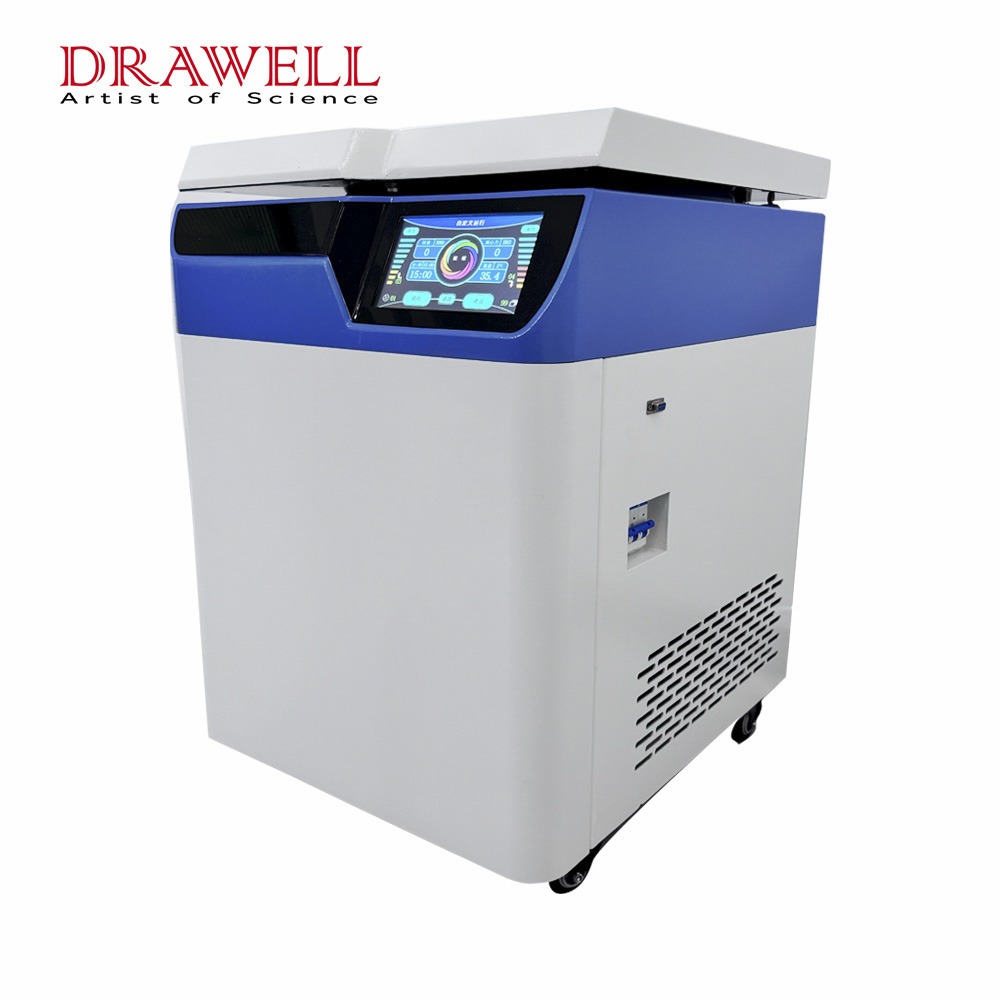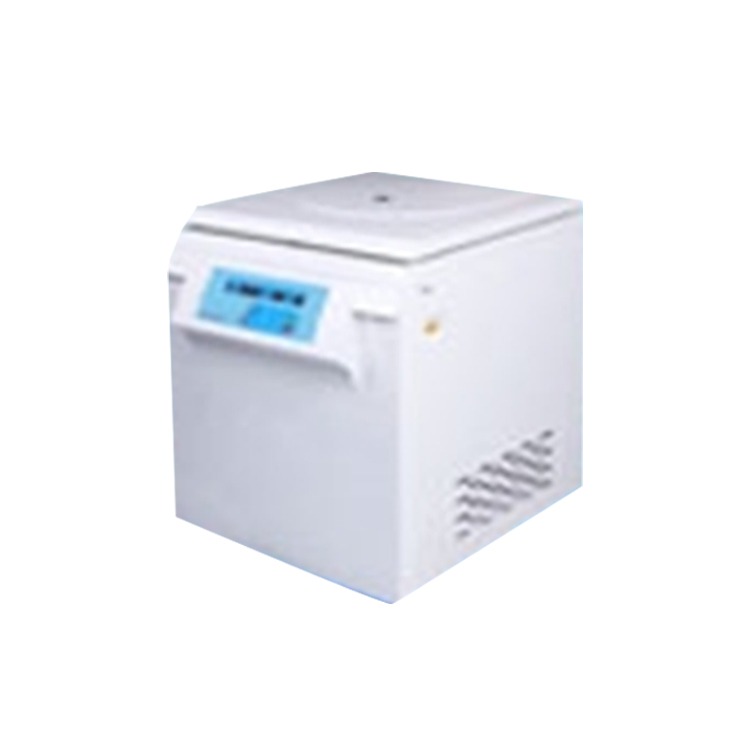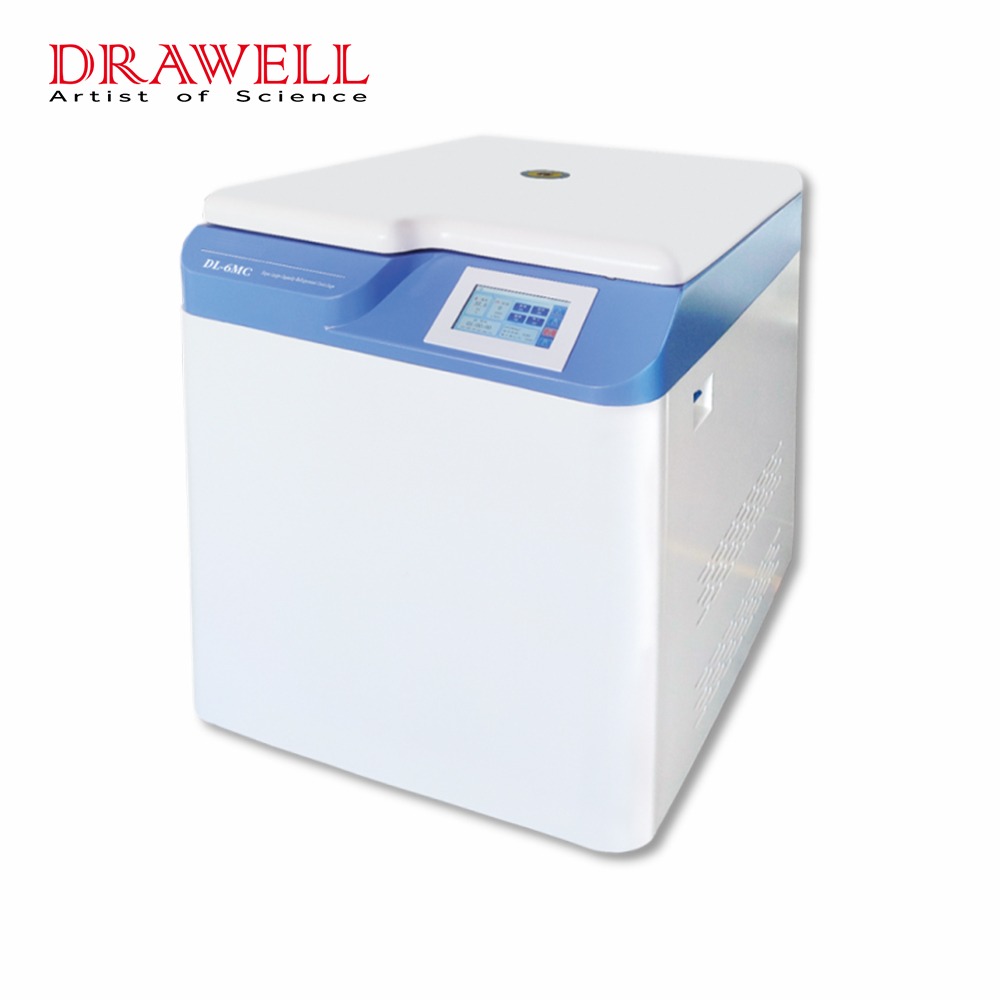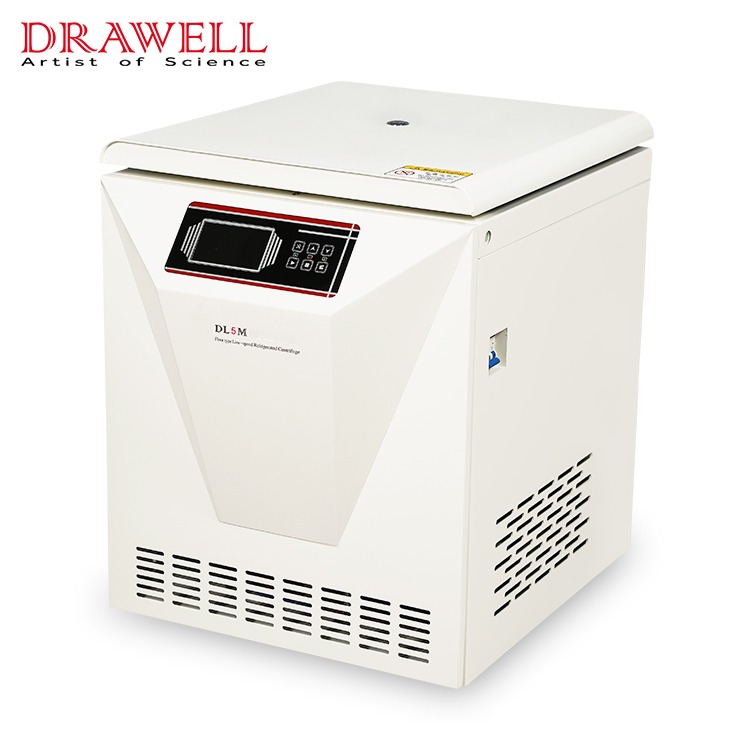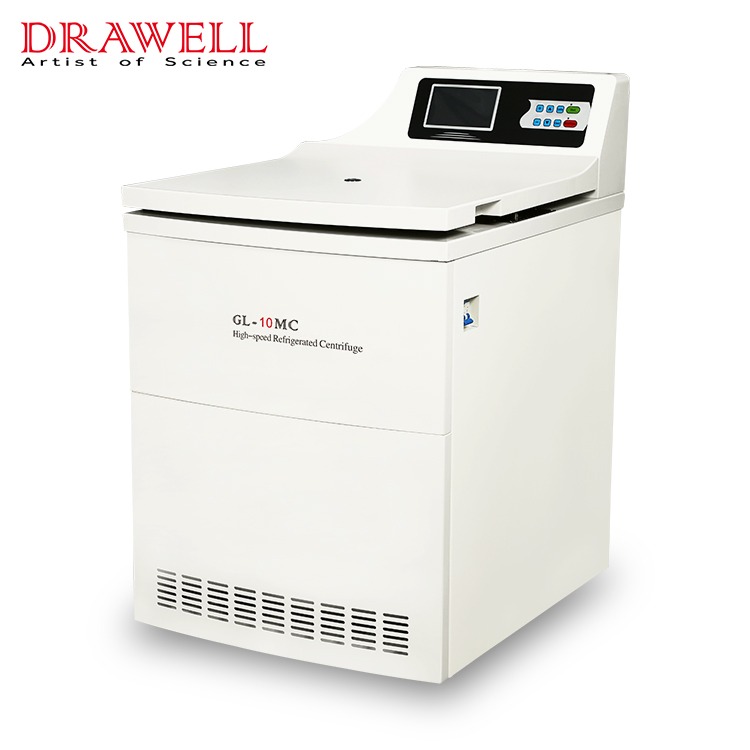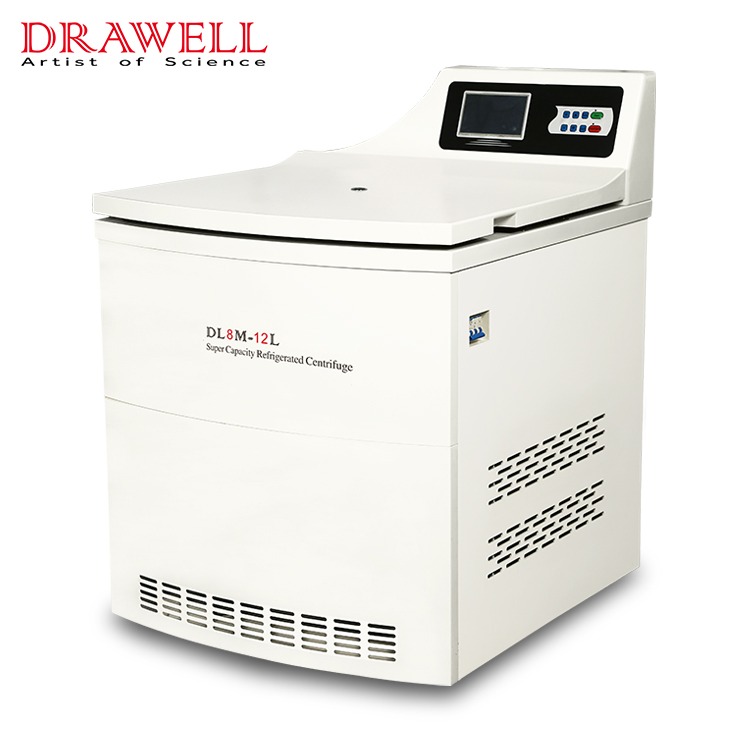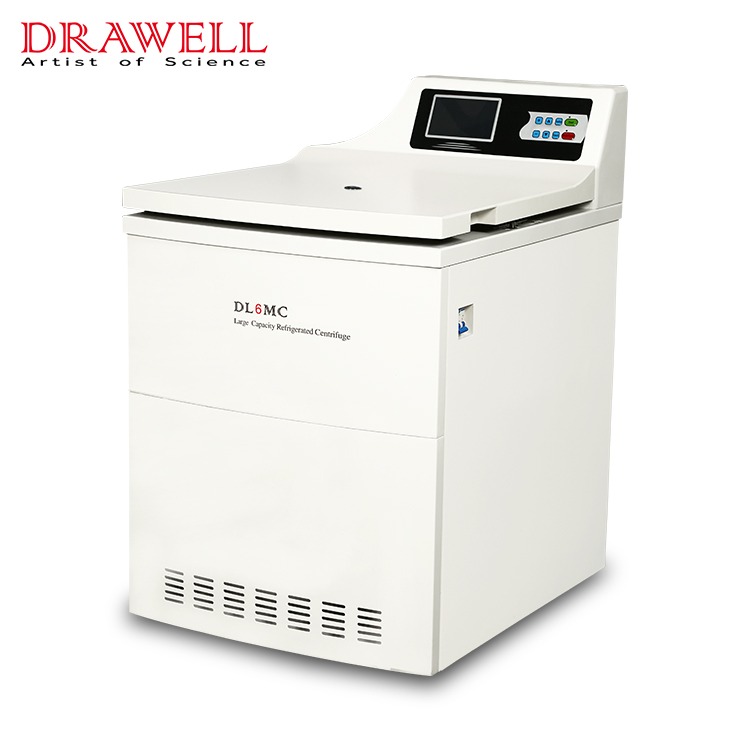Floor centrifuges are essential tools in laboratories, widely used for applications ranging from cellular component separation to nucleic acid purification. Their ability to process large volumes quickly and efficiently makes them invaluable in both research and clinical settings. However, to fully exploit the capabilities of a floor centrifuge, maximizing sample throughput is crucial. This article explores key strategies for achieving this goal.
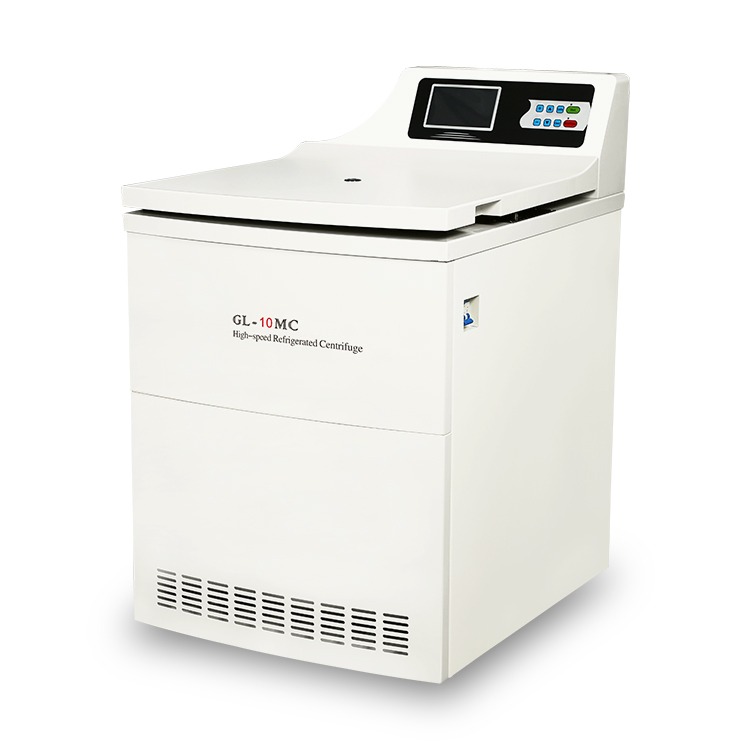
1. Selecting the Right Type of Centrifuges and Rotors
Choosing the appropriate centrifuge and rotors is the first step in optimizing throughput.
This chart provides an overview of different types of centrifuges along with the rotor types commonly used in each, their descriptions, and typical applications.
| Centrifuge Type | Rotor Type | Description | Applications |
| Microcentrifuge | Fixed Angle | Compact, used for small volumes (0.5-2 mL tubes). | DNA/RNA extraction, protein purification, small volume centrifugation. |
| Swinging Bucket | Allows for even separation of small volumes. | Pelleting small biological molecules, DNA precipitation. | |
| Benchtop Centrifuge | Fixed Angle | Standard lab centrifuge for medium volumes (up to 50 mL tubes). | Cell culture separation, blood sample preparation. |
| Swinging Bucket | Handles a variety of tube sizes with adaptable buckets. | Density gradient separations, blood sample processing. | |
| High-Speed Centrifuge | Fixed Angle | Operates at higher speeds for faster separation. | Subcellular fractionation, nucleic acid precipitation. |
| Swinging Bucket | High-speed separation with adjustable buckets. | Separation of larger volumes, high-speed pelleting. | |
| Ultracentrifuge | Fixed Angle | Very high-speed for precise separation at molecular level. | Purification of proteins, nucleic acids, viruses. |
| Swinging Bucket | High-speed with adaptability for various sample types. | Isopycnic and density gradient separations. | |
| Preparative Centrifuge | Fixed Angle | Designed for larger volumes and preparative work. | Isolation of large organelles, bacteria, cells. |
| Swinging Bucket | Large volume separations with flexible rotor options. | Blood component separation, large scale cell culture. | |
| Analytical Centrifuge | Vertical Rotor | Provides real-time data on sedimentation rates. | Studying macromolecular properties, particle size distribution. |
| Fixed Angle | High precision for analytical purposes. | Analysis of protein complexes, nucleic acid complexes. | |
| Clinical Centrifuge | Fixed Angle | Designed for clinical laboratory use, handling blood tubes. | Blood sample separation, urine analysis. |
| Swinging Bucket | Versatile, handles different types of clinical samples. | Plasma and serum preparation, blood component separation. |
Selecting the right combination based on your specific needs will enhance efficiency and throughput.
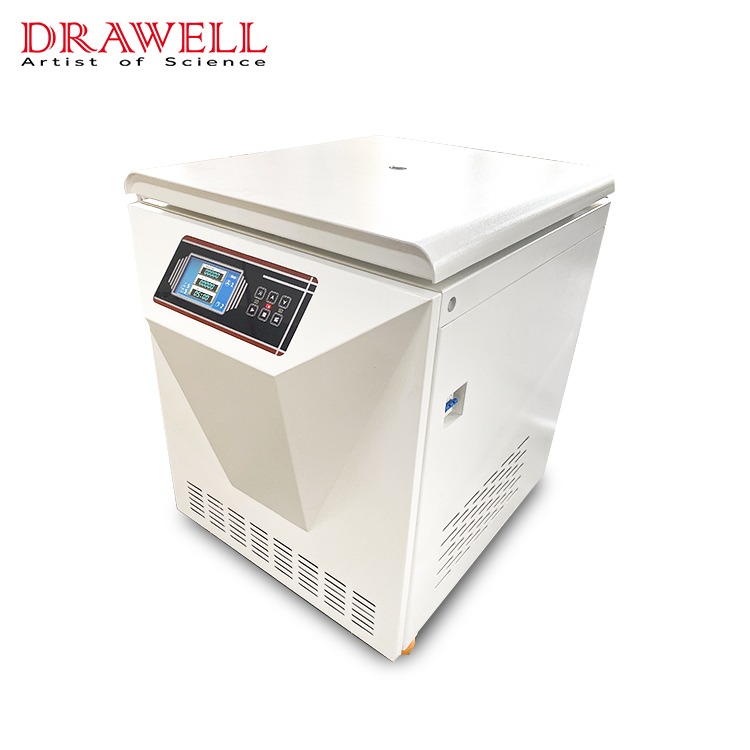
Strategies to Achieve Optimal Sample Preparation in Floor Centrifuges
Optimizing sample preparation for floor centrifuges is crucial to ensure accurate results, minimize processing time, and enhance overall laboratory efficiency.
1. Sample Volume and Tube Selection
Choosing the correct sample volume and tube type is essential for efficient centrifugation.
- Sample Volume: Ensure the sample volume is appropriate for the centrifuge tube being used. Overfilling or underfilling tubes can lead to poor separation and potential sample loss. As a general rule, fill tubes to at least 70% of their maximum capacity.
- Tube Selection: Use tubes made from materials compatible with the sample type and centrifugation speed. Polypropylene tubes are durable and suitable for high-speed centrifugation, while glass tubes may be preferred for chemical compatibility in certain protocols.
2. Balancing Samples
Properly balancing samples is critical for safe and effective centrifugation.
- Weight Matching: Ensure that tubes are balanced by weight, not just by volume. Use a balance to confirm that paired tubes have equal mass.
- Symmetrical Loading: Load tubes symmetrically around the rotor. If centrifuging an odd number of samples, use a balance tube filled with water or another inert substance to ensure even distribution.
3. Pre-labeling and Pre-weighing Tubes
Pre-labeling and pre-weighing tubes streamline the sample preparation process.
- Pre-labeling: Label tubes before adding samples to avoid confusion and ensure traceability. Use durable, solvent-resistant labels that can withstand the centrifugation process.
- Pre-weighing: Weigh empty tubes and note their mass. This simplifies the balancing process once samples are added.
4. Temperature Considerations
Maintaining appropriate sample temperatures before and during centrifugation can prevent degradation and ensure optimal separation.
- Pre-chilling: For temperature-sensitive samples, pre-chill tubes and rotor before loading samples. This helps maintain sample integrity during centrifugation.
- Centrifuge Temperature Settings: Utilize the temperature control settings on the centrifuge, if available. Set the centrifuge to the required temperature before starting the run.
5. Centrifugation Parameters
Optimizing centrifugation parameters based on sample type and desired outcome is essential for efficient separation.
- Speed and Time: Adjust centrifugation speed (relative centrifugal force, RCF) and time according to the specific protocol and sample requirements. Over-centrifugation can damage samples, while under-centrifugation may result in incomplete separation.
- Acceleration and Deceleration: Use gradual acceleration and deceleration settings to prevent resuspension of pellets and ensure a clear separation.
6. Sample Homogenization
Properly homogenizing samples before centrifugation ensures uniformity and improves separation efficiency.
- Mechanical Homogenization: Use a mechanical homogenizer or vortex mixer to thoroughly mix samples before loading them into tubes.
- Sonication: For certain applications, sonication can help break down complex samples and achieve a more uniform mixture.
7. Minimizing Cross-contamination
Preventing cross-contamination is crucial for maintaining sample integrity.
- Dedicated Equipment: Use dedicated tubes, pipettes, and other equipment for different sample types to avoid cross-contamination.
- Sterilization: Sterilize equipment and work surfaces before and after sample preparation. Use disposable gloves and change them frequently.
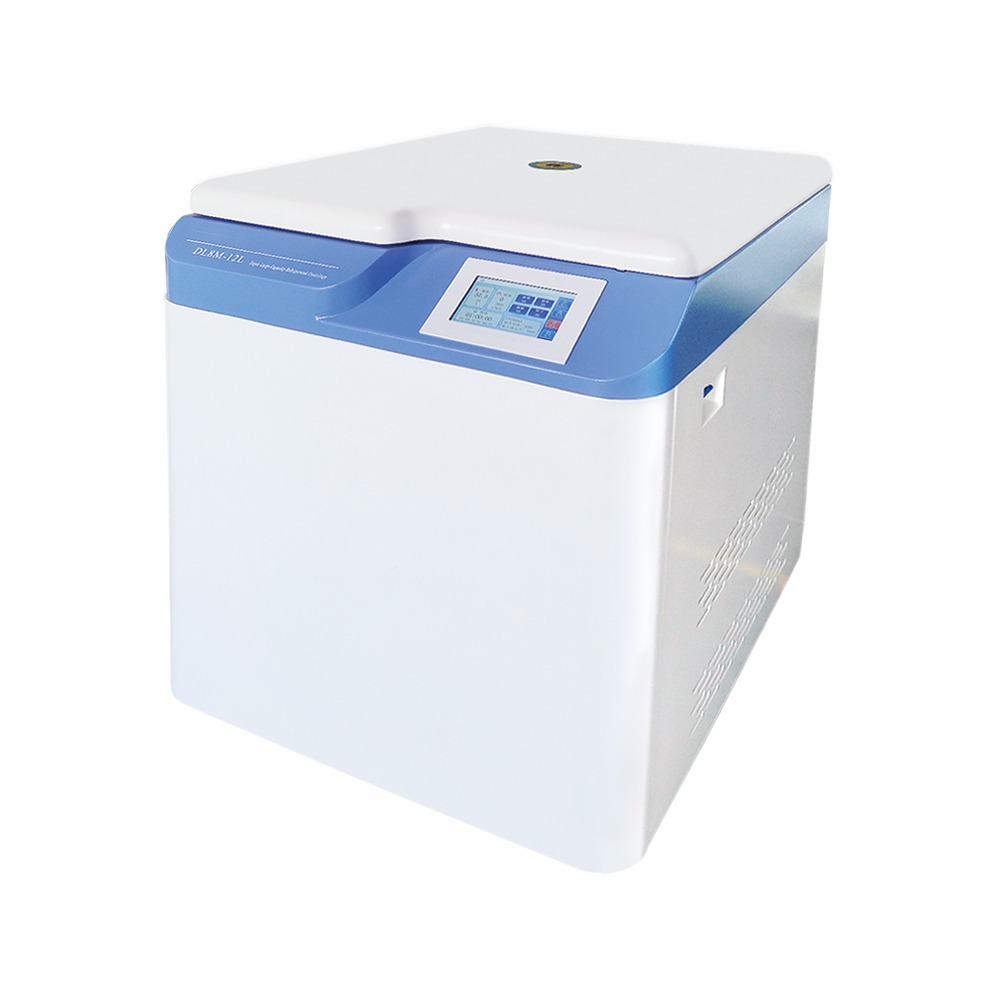
Utilizing Automation in Floor Centrifuges
Automation in floor centrifuges has revolutionized laboratory workflows, increasing efficiency, accuracy, and consistency while reducing manual labor and human error. Automated systems streamline various aspects of centrifugation, from sample preparation and loading to data management and analysis.
1. Automated Sample Handling
Automating sample handling processes can significantly enhance throughput and minimize human intervention.
- Robotic Arms: Integrate robotic arms to load and unload samples, reducing manual handling and increasing precision. Robotic systems can handle multiple samples simultaneously, ensuring uniformity and speeding up the process.
- Barcode Scanning: Use barcode scanning systems to track and manage samples automatically. This reduces the risk of sample misidentification and streamlines data entry.
2. Pre-programmed Protocols
Pre-programmed protocols ensure consistency and reduce setup time for repetitive tasks.
- Protocol Libraries: Utilize centrifuges with built-in libraries of pre-programmed protocols for common applications. This allows users to select the desired protocol with minimal setup, ensuring consistency across runs.
- Customizable Programs: Enable customization of protocols for specific applications. Users can save and retrieve custom protocols, reducing the time needed to configure the centrifuge for each experiment.
3. Real-time Monitoring and Adjustments
Automation allows for real-time monitoring and adjustments, enhancing precision and safety.
- Sensors and Feedback Systems: Implement sensors that monitor parameters such as speed, temperature, and rotor imbalance in real-time. Feedback systems can automatically adjust settings to maintain optimal conditions.
- Alerts and Notifications: Automated systems can send alerts and notifications to laboratory personnel in case of deviations from set parameters, allowing for quick corrective actions.
4. Data Logging and Management
Automated data logging and management systems streamline record-keeping and facilitate data analysis.
- Electronic Records: Automate the recording of centrifugation parameters and results, reducing the need for manual data entry. Electronic records are more accurate and easier to access.
- Integration with LIMS: Integrate centrifuges with Laboratory Information Management Systems (LIMS) to centralize data management. This allows for seamless tracking, analysis, and sharing of experimental data.
5. Maintenance and Diagnostics
Automation can assist in maintaining the centrifuge and diagnosing issues before they lead to failures.
- Predictive Maintenance: Use predictive maintenance algorithms to monitor the condition of centrifuge components. Automated systems can predict when maintenance is needed, reducing downtime and preventing unexpected failures.
- Self-diagnostics: Implement self-diagnostic features that automatically check the centrifuge’s operational status. These systems can identify issues and recommend corrective actions.
6. Enhanced Safety Features
Automated safety features protect both users and equipment.
- Automated Balancing: Systems that automatically detect and correct imbalances during loading can prevent damage to the centrifuge and samples.
- Lid Lock Mechanisms: Automated lid locks ensure the centrifuge cannot be opened while the rotor is spinning, enhancing user safety.
7. Efficiency and Throughput
Automation significantly boosts efficiency and throughput in the laboratory.
- Continuous Operation: Automated systems can handle continuous operation, processing multiple batches of samples without manual intervention. This is particularly beneficial in high-throughput laboratories.
- Time Savings: Automation reduces the time required for sample handling, setup, and data entry, allowing laboratory personnel to focus on other tasks.
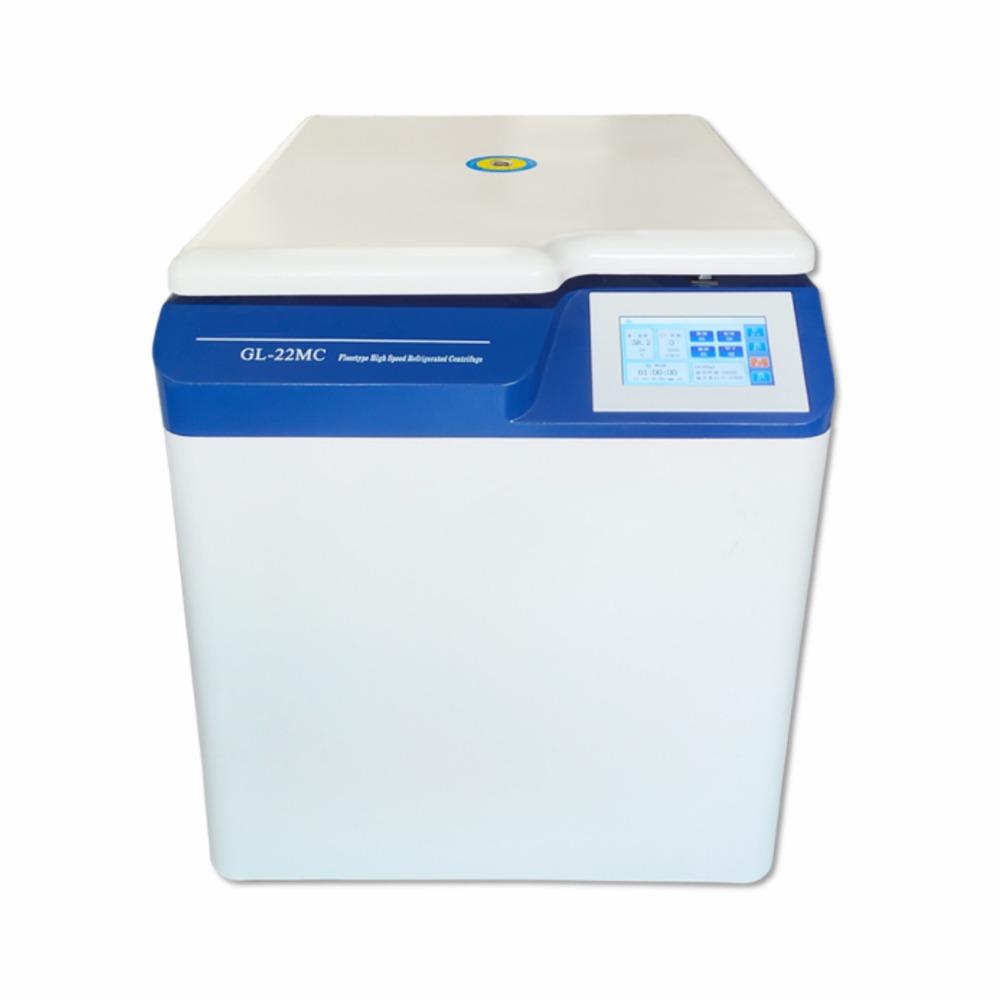
Regular Maintenance and Calibration in Floor Centrifuges
Regular maintenance and calibration of floor centrifuges are crucial for ensuring optimal performance, safety, and longevity.
1. Routine Cleaning and Inspection
Keeping the centrifuge clean and inspecting it regularly can prevent many common issues.
- Daily Cleaning: Wipe down the centrifuge’s interior and exterior surfaces after each use to remove spills, residues, and dust. Use mild detergents and avoid harsh chemicals that could damage the components.
- Rotor Cleaning: Remove and clean rotors regularly according to the manufacturer’s instructions. Check for any signs of corrosion, cracks, or other damage.
- Inspection: Perform visual inspections before each use. Look for signs of wear and tear, such as frayed cables, loose parts, or unusual noises during operation.
2. Scheduled Maintenance
Adhering to a maintenance schedule ensures that all components of the centrifuge are functioning correctly.
- Weekly Checks: Inspect the rotor chamber for debris and clean it as needed. Check the rotor, buckets, and lids for signs of wear or damage.
- Monthly Maintenance: Inspect the centrifuge’s safety features, such as the lid lock and imbalance detectors. Lubricate moving parts if recommended by the manufacturer.
- Annual Service: Have the centrifuge serviced by a qualified technician annually. This comprehensive check should include the inspection and testing of all mechanical and electronic components.
3. Rotor Care and Management
Proper rotor care is essential for the safe and effective operation of a centrifuge.
- Rotation Log: Keep a log of rotor usage, including the number of runs and the duration of each run. This helps track the rotor’s lifespan and schedule replacements before they fail.
- Storage: Store rotors in a dry, temperature-controlled environment when not in use. Avoid stacking rotors to prevent deformation.
- Inspection: Regularly inspect rotors for signs of wear, cracks, or corrosion. Follow the manufacturer’s guidelines for rotor lifespan and replacement intervals.
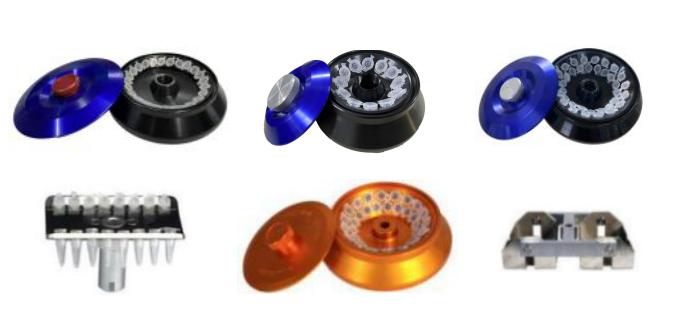
4. Calibration
Regular calibration ensures that the centrifuge operates at the correct speed and temperature, which is crucial for reproducible results.
Speed Calibration: Use a tachometer to verify the centrifuge’s speed settings. Compare the actual speed with the display and adjust if necessary. Perform this calibration at least annually or as recommended by the manufacturer.
Temperature Calibration: Check the accuracy of the temperature control system using a calibrated thermometer. Ensure the set temperature matches the actual temperature within the chamber.
Timer Calibration: Verify the accuracy of the centrifuge’s timer by comparing it with a certified stopwatch.
5. Safety Checks
Ensuring the centrifuge’s safety features are functioning properly is critical for preventing accidents.
- Lid Lock: Test the lid lock mechanism regularly to ensure it engages properly during operation and prevents the lid from opening while the rotor is spinning.
- Imbalance Detection: Check the imbalance detection system to ensure it can correctly identify and respond to imbalanced loads.
- Emergency Stop: Verify that the emergency stop button functions correctly and can quickly halt centrifuge operation.
6. Documentation and Record-Keeping
Maintaining detailed records of maintenance and calibration activities is essential for compliance and troubleshooting.
- Maintenance Log: Keep a log of all maintenance activities, including dates, actions taken, and any parts replaced.
- Calibration Records: Document calibration results and adjustments made. Include dates and the name of the technician performing the calibration.
- Service Reports: Keep records of annual service reports and any repairs performed by external technicians.
Conclusion
Maximizing sample throughput in floor centrifuges involves a multifaceted approach, through which, laboratories can enhance productivity, achieve more consistent results, and make the most of their centrifuge investments. As technology continues to advance, staying abreast of the latest developments and continuously refining processes will be key to maintaining high throughput and efficiency in the laboratory.

